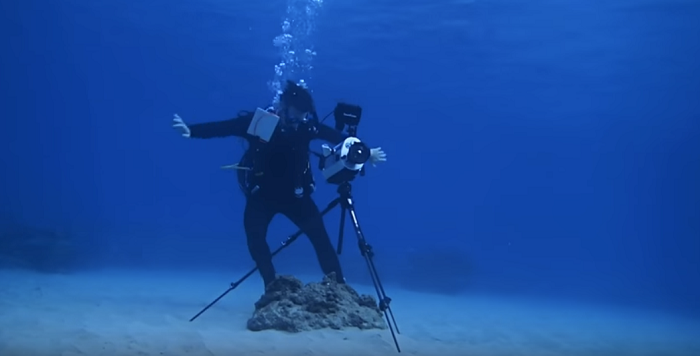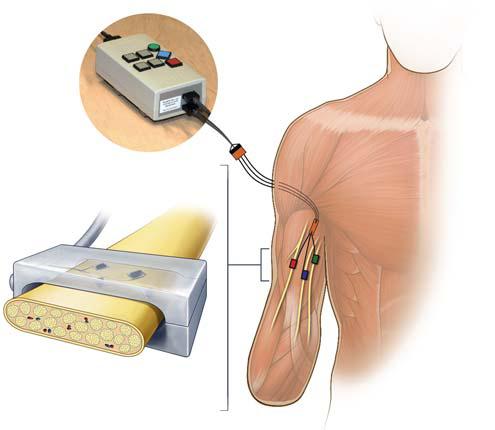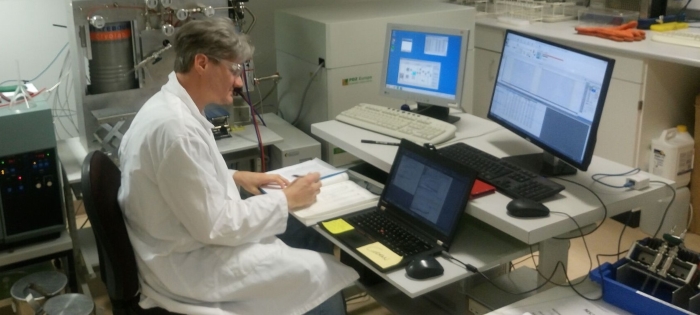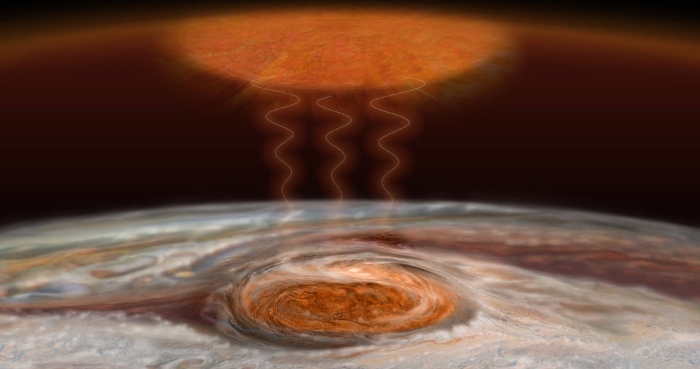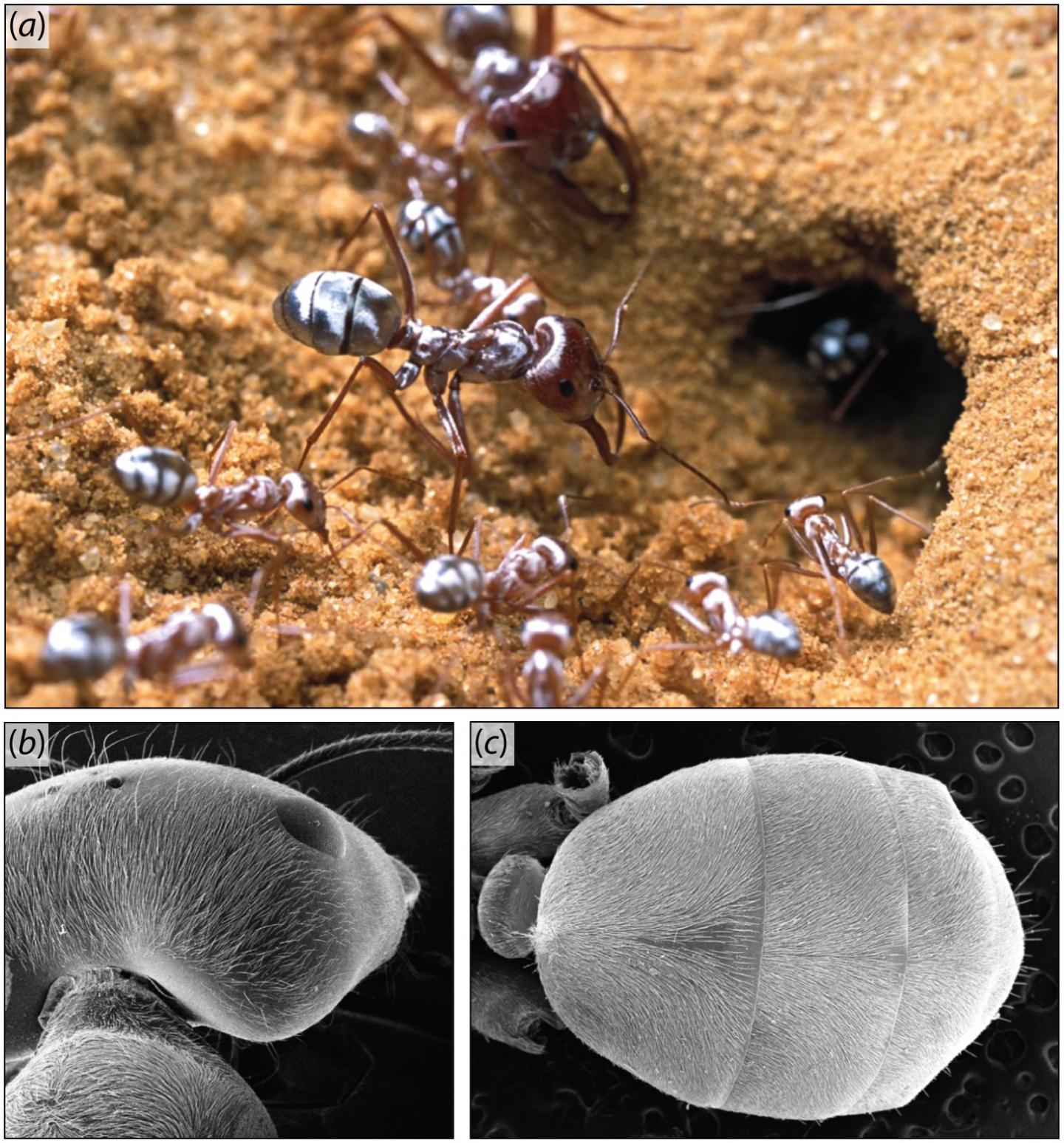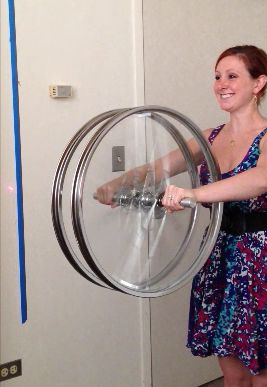Shrimp-Inspired Navigation
The mantis shrimp’s ability to see circular polarized light inspires an underwater GPS system.
Wind Temperature
Moving air feels colder than still air, but what does the thermometer say?
Atomic Tweezers
Optical tweezers let scientists combine single atoms into molecules.
Baseball on the Moon
Could a well-thrown baseball sail from the moon’s surface into orbit?
Solar Butterflies
A butterfly’s wings inspires more efficient solar cells.
Mountain High
Have you ever been to a high altitude and found yourself gasping for breath? One listener asked why that happens.
The Mpemba Effect
A strange phenomenon of freezing water has baffled scientists for decades.
Physics of Tomorrow
In a special issue of Physics Today, scientists speculate about the physics of the 22nd century.
Similar Snowflakes
A listener asks: Why do snowflakes appear so similar to each other?
Star Distance
Astronomers calculate the distance to the furthest stars by comparing them to stars they know.
Restoring Touch
Scientists are learning the complex nerve signals that allow us to experience the sensation of touch.
Weather Bombs
Storm-induced seismic waves may help scientists see Earth’s interior.
Tree Ring Clocks
Spikes in radiation caused by historic solar flares could help archaeologists precisely date ancient events.
Earthquakes & Ancient Temples
Geologists in India are measuring damage to ancient temples in order to better understand past earthquakes.
Sunflowers in Motion
Sunflowers have an internal clock to guide their growth.
Jupiter’s Hot Spot
Jupiter’s Great Red Spot is heating the gas giant’s upper atmosphere from below.
Metal in Microwaves
If metal isn’t supposed to go in microwave ovens, why do some of them have metal racks?
Glowing Slime
Glowing blue slime from the sea could be useful in biomedical research.
Silver Ants Keep Cool
Ultra-reflective silver ants stay cool in desert temperatures topping 120˚ Fahrenheit.
Pluto’s Origins
A violent collision between two worlds may have given rise to Pluto and its satellites.
Hands-on Physics
Experiencing physics phenomena first-hand can boost students’ learning of the subject, and leads to changes in the brain.



